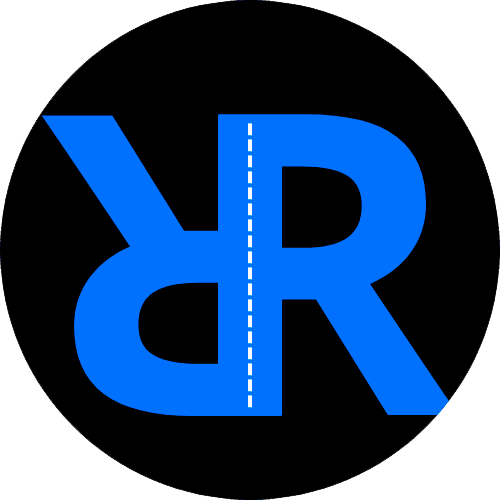SAP Transaction PE51: A Step-by-Step Guide for SAP Users
Welcome to our tutorial on SAP transaction PE51, a powerful transaction code used in SAP for creating and modifying form layouts. In this tutorial, we will provide you with a detailed guide on how to effectively use PE51 to design and customize form layouts in your SAP system. Whether you are a beginner SAP user or an experienced consultant looking to enhance your skills, this tutorial will equip you with the necessary knowledge to master PE51.
Before we begin, we would like to introduce you to a valuable resource that can further enhance your SAP expertise. Our SAP MM expert offers an online video training on SAP Material Management (MM) module. This comprehensive training program covers everything you need to know about SAP MM and will help you excel in your daily job. Check out the training program at roadtoexpert.com and take your SAP skills to the next level.
Now, let’s dive into our tutorial on using SAP transaction PE51.
What is SAP Transaction PE51?
SAP Transaction PE51 is a transaction code used to create and maintain form layouts in SAP. It allows users to design and customize the appearance and structure of forms, such as purchase orders, invoices, and delivery notes. With PE51, you can easily modify form layouts according to your organization’s requirements, ensuring professional and standardized document output.
Step 1: Accessing SAP Transaction PE51
To start using PE51, follow these steps:
- Log in to your SAP system using your user ID and password.
- Launch the SAP Easy Access Menu.
- Click on the \\\”Tools\\\” folder.
- From the sub-menu, select \\\”Form Painter\\\” and click on \\\”Form Painter\\\” again to proceed to the PE51 transaction.
Step 2: Understanding PE51 Transaction Screen
Once you have accessed PE51, you will see the PE51 transaction screen, which consists of various elements and functionalities. Let’s explore each of them:
- Form Name: This field allows you to enter the name of the form you want to create or modify.
- Pages and Windows: In this section, you can define the structure of your form by adding pages and windows. Pages represent different sections of the form, while windows define the layout within each page.
- Elements: The elements tab allows you to add and customize different elements in your form, such as text fields, tables, graphics, and logos. You can also define the positioning and formatting of each element.
- Printing: The printing tab provides options for configuring the print settings of your form, such as the printer selection, paper size, and print preview.
- Form Attributes: Here, you can define additional attributes for your form, such as form title, language, and output options.
Step 3: Designing and Customizing Form Layouts with PE51
To design and customize a form layout using PE51, follow these steps:
- Start by entering the name of the form you want to create or modify in the \\\”Form Name\\\” field.
- Add pages and windows to structure your form layout. Click on the \\\”Pages and Windows\\\” tab, and use the toolbar icons to add pages and windows as required. Arrange and resize them according to your desired layout.
- Next, click on the \\\”Elements\\\” tab to add elements to your form. Use the toolbar icons to add text fields, tables, graphics, and logos. Customize the properties and formatting of each element using the properties pane on the right-hand side.
- Once you have designed your form layout and added all the necessary elements, click on the \\\”Printing\\\” tab to configure the print settings. Select the printer, paper size, and other print options based on your requirements.
- Finally, define the form attributes such as the form title, language, and output options in the \\\”Form Attributes\\\” tab.
- Click on the \\\”Save\\\” button to save your form layout.
Congratulations! You have successfully designed and customized a form layout using SAP transaction PE51.
Step 4: Exploring Additional Functionalities
SAP transaction PE51 offers various additional functionalities to further enhance your form design and customization. Here are some notable features you can leverage:
- Copying and Modifying Existing Forms: PE51 allows you to copy and modify existing form layouts, saving time and effort. Simply select the form you want to copy and make the necessary modifications.
- Testing and Printing Forms: You can use PE51 to test and preview your form layouts before printing them. This ensures that the output meets your expectations and allows you to make any necessary adjustments.
- Transporting Form Layouts: PE51 supports the transport of form layouts between different SAP systems. This feature enables you to easily migrate form layouts from a development system to a production system.
- Integration with SAP Modules: PE51 seamlessly integrates with other SAP modules, such as SAP Sales and Distribution (SD) and SAP Finance and Controlling (FICO). This allows you to design and customize form layouts specific to various business processes.
Conclusion
In this tutorial, we have provided you with a comprehensive guide on using SAP transaction PE51 for designing and customizing form layouts in SAP. We covered the basics of PE51, explained how to access the transaction, and walked you through the process of creating and modifying form layouts. Remember to practice and experiment with different settings to become proficient in using PE51.
To further enhance your SAP skills and become an expert in SAP MM, we highly recommend our SAP MM online video training program. Developed by our expert SAP MM consultant, this training program offers in-depth modules and practical exercises to help you excel in SAP MM. Visit roadtoexpert.com to learn more and take your SAP career to new heights.
